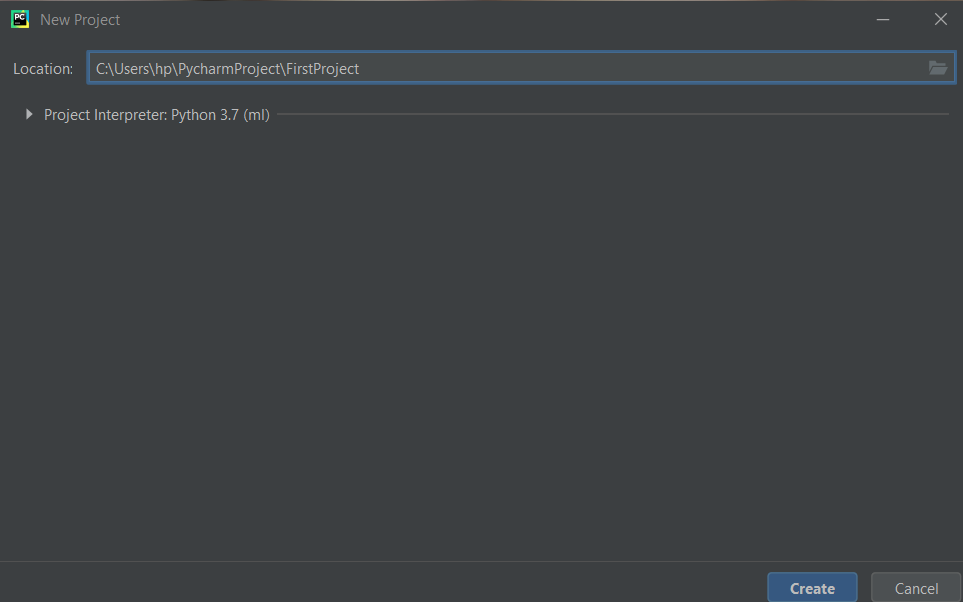
Give the repository a name (I call it the same name as the virtual environment). On the right hand side, click the + button and add a new repository. Go to Sign in using the same email address that you used above to configure your Git repo. So now we need to push it to our GitHub repository… This means that our changes are still in our local environment. Note that the commit status is ( HEAD -> master). We can also view this change in the Git log by typing in: (Quantum) $ git commit -m 'Added requirements.txt' Figure 10 – Added a single Requirements text file to git repo. (Quantum) $ git config -global user.email $ git config -global user.name "yourname" It shows the requirements text file as a change to be committed. Let us check in the files we need one-by-one.

To check that it has un-added all the files. This won’t work, because now git wants to track all the files in the VE, including Python’s site packages! According to my environment, that is over 19,000 files! Git Reset (Quantum) $ git status Figure 9 – Argh! Now all of our files are added and being checked for updates in the Git repo! That’s way too many, we just want our Python files (which you can see at the end there). We can force Git to track all of our files by typing in (Quantum) $ git status Figure 8 – Note the green text at the top indicating that there is a new file to commit to the repo! Let’s add our pip requirements (dependencies) file to this repo with the command: This is correctly showing the list of Python source files that it is keeping track of! (Quantum) : ~/py_envs/Quantum$ git status Figure 7 – Checking the Git Status

(Quantum) $ nano requirements.txt Figure 6 – Opening the requirements text file shows a list of all the dependencies of your Virtual Environment.Ĭlose the text editor and go back one directory to the Quantum VE folder. If you have vim installed, you can view the text file in Terminal with either the folder which contains all of the dependencies. Figure 5 – Creation of the requirements text file, i.e. This will also create a new text file inside the ~/py_envs/Quantum/.git folder. (Quantum) $ pip freeze > requirements.txt Now type in the following to create a dependency file: This keeps the virtual environment out of source control. We now need to add the Quantum VE to the gitignore git/ Figure 4 – The folder structure of an empty git repo. Change directory to this folder to view the basic skeleton structure of an empty Git Repo: git folder inside the Quantum virtual environment folder structure. Note that we have both activated the VE and we have navigated to inside the folder before executing the Git initialisation. (Quantum) $ git init Figure 3 – Initialising an empty Git Repository inside the Quantum virtual environment. Initialise an empty Git Repository (repo) in the Quantum virtual environment by first changing directories

$ source Quantum/bin/activate Figure 2 – Activating the Quantum virtual environmentĬheck that git is recognised from within the virtual environment with the following command:Ĭheck to ensure that pip is working from within the virtual environment with the following command: Now go to your Python environments folderĪnd activate the Quantum virtual environment with $ git -version Figure 1 – Verifying that Git is installed Using Git with your Python Source Files Verfiy the installation by typing the following command
#Pycharm open terminal install
Now run the following command to install Git In Terminal, start by updating the package manager just in case it has gone out-of-date between virtual machine uses, type: Open Firefox briefly to ensure that you have access to the internet.

Once it has loaded, press Ctrl+Alt+T to open up terminal. Open Oracle VM VirtualBox and start your Quantum Virtual Machine. In this article we are going to take a little break from writing quantum algorithms to spend some much needed time on our coding setup.


 0 kommentar(er)
0 kommentar(er)
